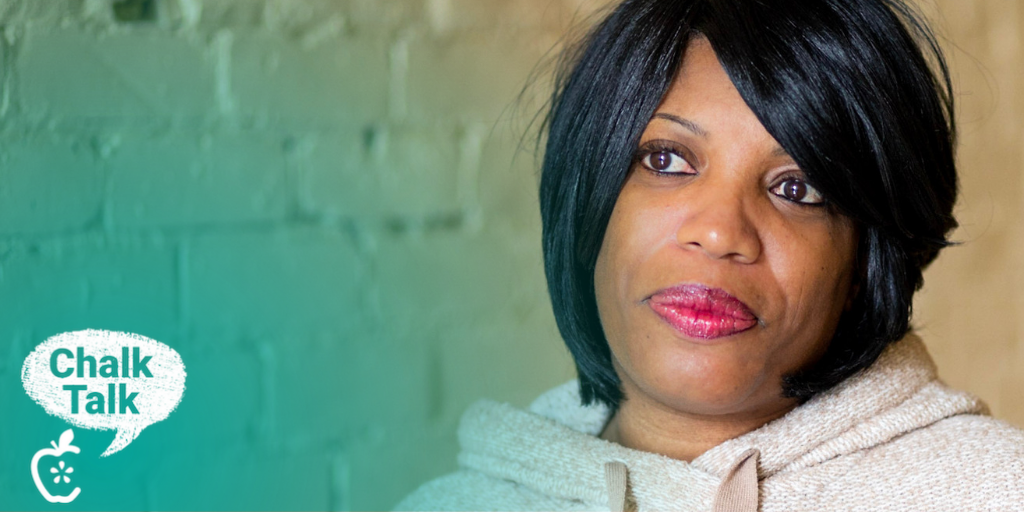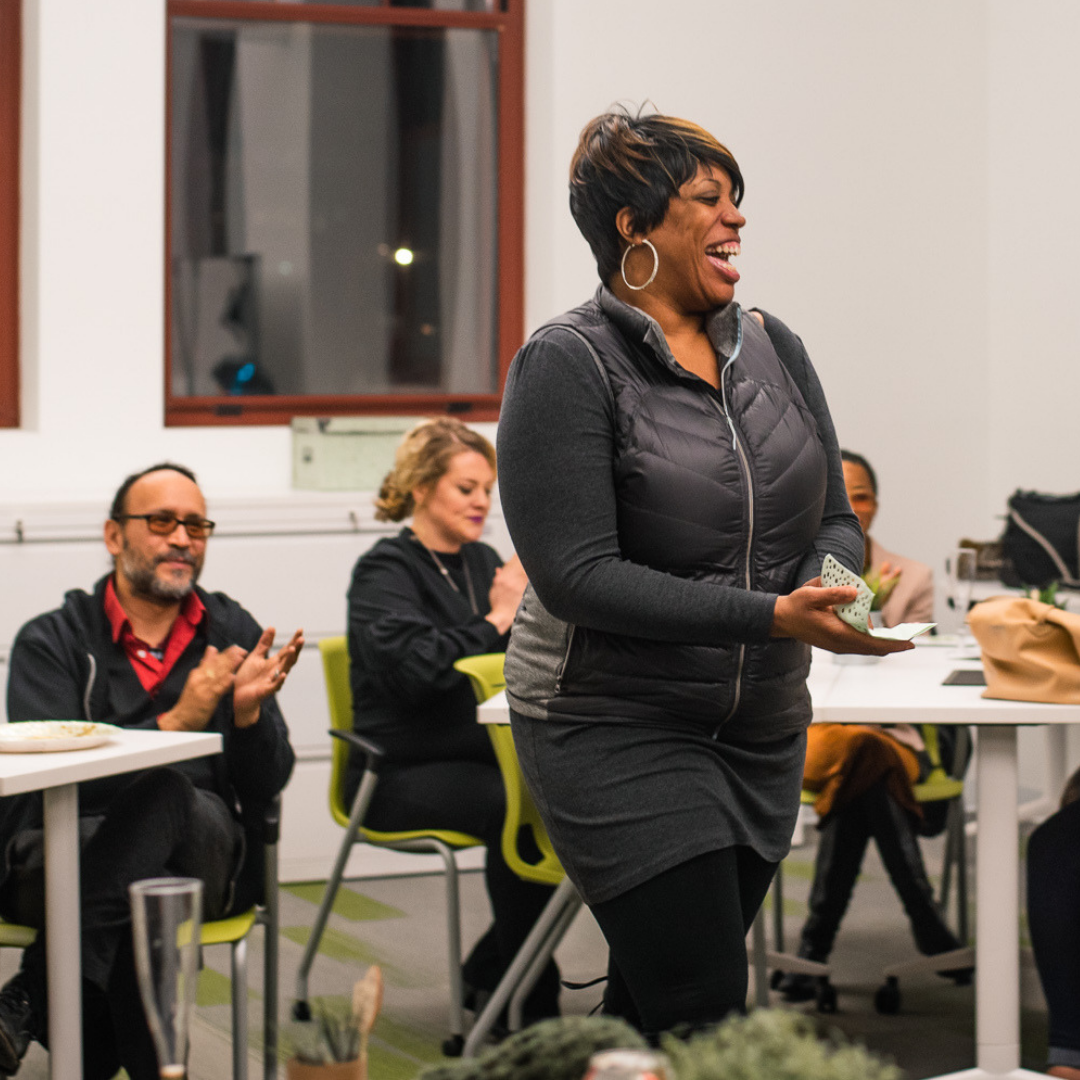May 1, 2019
Chalk Talk: Monica Johnson

Most people just about fall asleep when the topic of school funding comes up. It’s not a sexy issue and there are a lot of nuances to understand. But for Monica Johnson, a teacher who has been working with Minnesota’s most underfunded kids for 22 years, it’s what keeps her awake at night.
She has a front-row seat to a very difficult reality: equitable funding is not the same as equal funding. Not content to confine her advocacy within the walls of her school, Monica makes the fight for her kid’s resources shake the walls of the State House. Instead of giving schools the same number of dollars per student, she is asking for the funding and resources she and her students need to be successful.
“My kids – who are almost all kids of color or from low-income families – face remarkable obstacles that can make learning difficult. Their daily struggles are largely invisible to our leaders, so funding is not equally distributed throughout schools to meet children’s needs. It bothers me when kids enter my class on an empty stomach, it distracts their learning. As well, I want the latest researched based PD to ensure I’m doing the best I can – because it’s what my kids deserve! With additional resources, I can get a grip on the overwhelming challenge of giving my students the skills to become lifelong learners and live a happy and healthy life.”
In Minnesota, and the nation, there is undeniably inequity in funding across states and communities. In fact, a new report shows that school districts predominantly serving students of color receive $23 billion less than those serving predominantly white students, despite having the same number of students. In a country where racial and economic segregation are synonymous, widespread, and pernicious, teachers like Monica are left scrambling to help every student with the few resources they have.
 Despite the depth of this issue, those that aren’t working in high-needs schools every day don’t understand how pervasive the problem is.
Despite the depth of this issue, those that aren’t working in high-needs schools every day don’t understand how pervasive the problem is.
“When I’m at lunch with my girlfriends who aren’t teachers and we start talking about education and funding, they flat out don’t believe or understand how inadequate school funding is across various districts. They thought all schools were the same. I reiterated.… let me be clear: things are not the same. Things are not same but equal and they need to get fixed yesterday.”
Monica and some of her fellow E4E-Minnesota members aren’t just sitting by and waiting for someone else to take on this issue, they’ve stepped up to take the lead. Last year, they came up with specific and realistic ideas and recommendations for lawmakers about how to actually ensure equitable funding in Minnesota. Now, as their district considers cutting funds to needy schools, they have launched a campaign to turn their ideas into reality. They are telling everyone they can – their colleagues, their friends, their family, their pastor, whoever is lucky enough to be in their line at the supermarket – about the direct consequences of inequitable funding and taking resources from students who need them the most.
“The smallest cut can open a gaping wound you didn’t expect. If you have to cut one teacher, just one teacher, it shifts the whole building. Unless you’re an educator, you wouldn’t know how this effects a classroom that had 21 students now has 28, or that our precarious work-life balance will come strained as we have to pick up the slack. And in the end, it’s the students who lose out the most.”
So what can you do to help? Raise awareness and make sure the folks in your circle know about this issue and the inequities that continue to persist in education. An easy way to do that is by sharing ED Build’s latest report to help your colleagues and friends understand this complicated issue.
Here’s how to do that: Share on Facebook or on Twitter.
Currently Reading
Chalk Talk: Monica Johnson